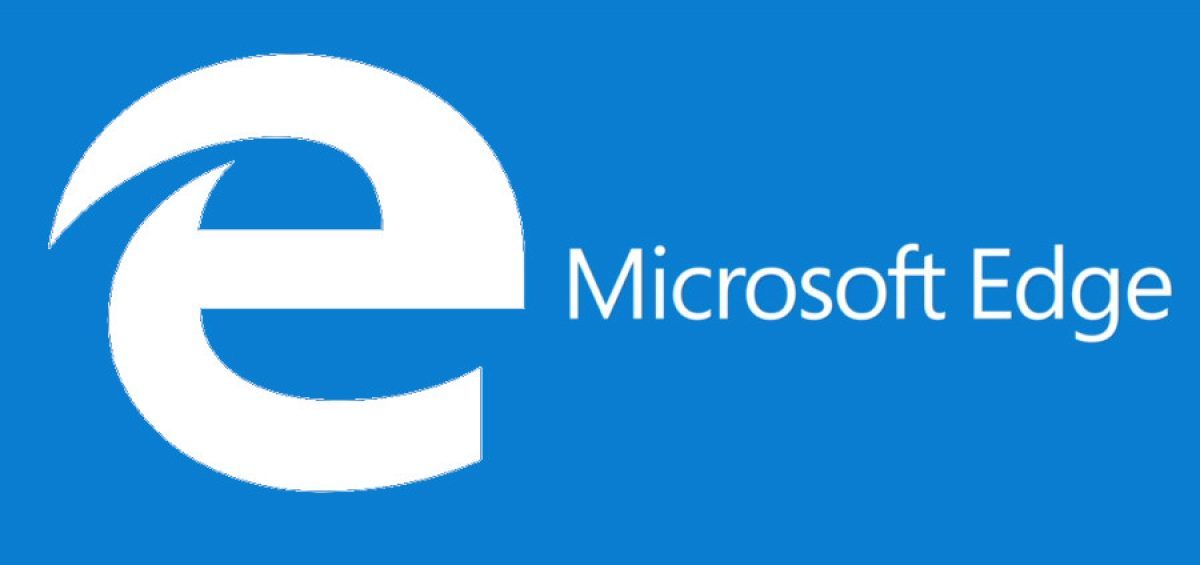If you’re still using older versions of IE, you might be surprised to know that you could be leaving your system open to malicious software. Every month, Microsoft sends updates to patch its operating system and browsers from the most recent malware threats. When these updates stop, you’re no longer protected.
This news comes shortly after the company discontinued support for Windows XP in 2014. Most XP users were urged to update their operating system or remove the XP machine from the Internet. XP also came with the older Internet Explorer 6, which is one of the most vulnerable browsers on the market.
At first glance, the announcement seems like all older Internet Explorer versions are discontinued for support including IE 9, IE 10, and IE 11. However, only versions running on certain operating systems have been discontinued. Microsoft will still support these versions depending on the operating system you use.
Most importantly, Microsoft will continue support on server platforms. Servers with discontinued browsers are the most critical since they are a main target for hackers. IE versions 9 -10 will be supported on Windows Server 2008. IE 10 – 11 will be supported on Windows Server 2012.
For a full list of supported operating systems and browser versions, take a look at Microsoft’s table.
What This Means for You?
Whether you’re a system administrator handling numerous Windows servers or an individual with a desktop or laptop, you should first upgrade to the latest version of Internet Explorer.
When you download the software, only download from official sources, which in this case is Microsoft. Many malware creators package additional applications called potentially unwanted programs (PUPs) that add spyware, adware or Trojans to your system. This means that you unintentionally give permission to the malware creator to install malicious software on your system. If you do fall victim to this type of attack, immediately update your antivirus program with the latest definition files and remove the PUP. Most antivirus vendors provide you with instructions on how you can remove PUPs once you detect them on your system.
What If I Don’t Want to Update?
Without updating your system, you become vulnerable to any new attacks after the official discontinuation on January 12, 2016. This means that an attacker could install malware on your system from you simply browsing a web page. You also become more vulnerable to browser hijackers.
If you don’t want to install the new Edge, install a second browser or use an alternative such as Chrome and Firefox. These browsers also require updates, but you don’t need to install new versions. The browser creators automatically update them from the cloud.
You can download the latest release of Edge from Microsoft’s official source located here.




Leave a Comment